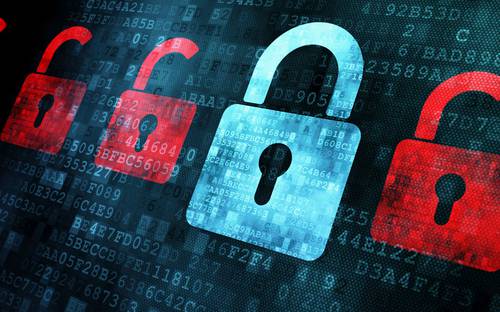From the dawn of history, human technology has evolved from fire, brain, and brawn, to power plants and computers. The invention of computers, a mechanical marvel, allowed ‘our brain’ to grow exponentially, while itself shrinking in size by evolution. But this growth may stagger due to the physical limitations of the fundamental building blocks of computers- the transistor. This thereby stands as an impediment to the path of innovation.
A transistor is basically a switch that allows or blocks the flow of electrons, which is commonly represented by binary values, 1 or 0. This representation, called the bit (binary digit), is the smallest unit of data. It is the language of modern machinery, given that it is used by every one of the millions of transistors that come together to form the subsequent components of a machine, which in-turn collectively computes and concerts complex information.
Since increasing the transistor density (including more transistors per unit area) can make computers faster and much more efficient, their size is crucial. Transistors of the future are expected to diminish to around 5-7nm from the current 10-20nm; which is already 300 times smaller than an average blood cell. But beyond that, they will become so minuscule that quantum tunneling will allow electrons to move to the other side of the barrier. Usage of carbon nanotubes or molybdenum disulfide – whose atoms are smaller than that of silicon used to make present day transistors - is plausible, yet is only a temporary stride in the marathon.
But what if we use quantum structures to deal with this quantum barrier? In analogy with transistors, instead of bits and electrons, a qubit, the basic unit of quantum information, can represent a quantum structure’s ‘quantum numbers’, i.e., its spin, magnetic field, or even a photon. 0 and 1 here, occur as curved or vertical images and owing to the wave property of quantum structures, called superposition, a qubit can be either or both states at the same time.
However, there is a catch. When you try to measure the value of the qubit, it will take the value of either 0 or 1, which is detrimental to our cause, as it renders the functionality of a quantum computer to less than that of a normal one with undesired and/or unpredictable outputs. But entanglement, the quantum phenomena where an atom can take the properties of another atom upon application of an external force, provides a theoretical solution. This means that the instant an atom is disturbed, it can choose one spin, or value, while the entangled one will choose the opposite spin or value, allowing scientists to gauge the value of a qubit without actually looking at them.
Superposition, bolstered by entanglement is likely to give future computers their inherent parallelism and edge. A system involving 4-bits gives you one output out of its 16 combinations. But 4 qubits, however, can be in all those 16 combinations simultaneously. This number increases exponentially with the addition of every qubit, allowing a quantum computer to work on a million computations at once, while today’s computers work on just one.
It is unlikely that quantum computers will replace normal ones in the near imaginable future, but their contribution to the society is posited to be tremendous. Simulations created with these will be less prone to errors, and resource consumption pared while speeding up paradigms multifold. These simulations can not only revolutionize medicine by synthesizing proteins and vaccines but more fascinatingly, allow us to simulate entire universes like our own. This could provide 1 more puzzle piece to perhaps complete the complex jigsaw of our existence.





